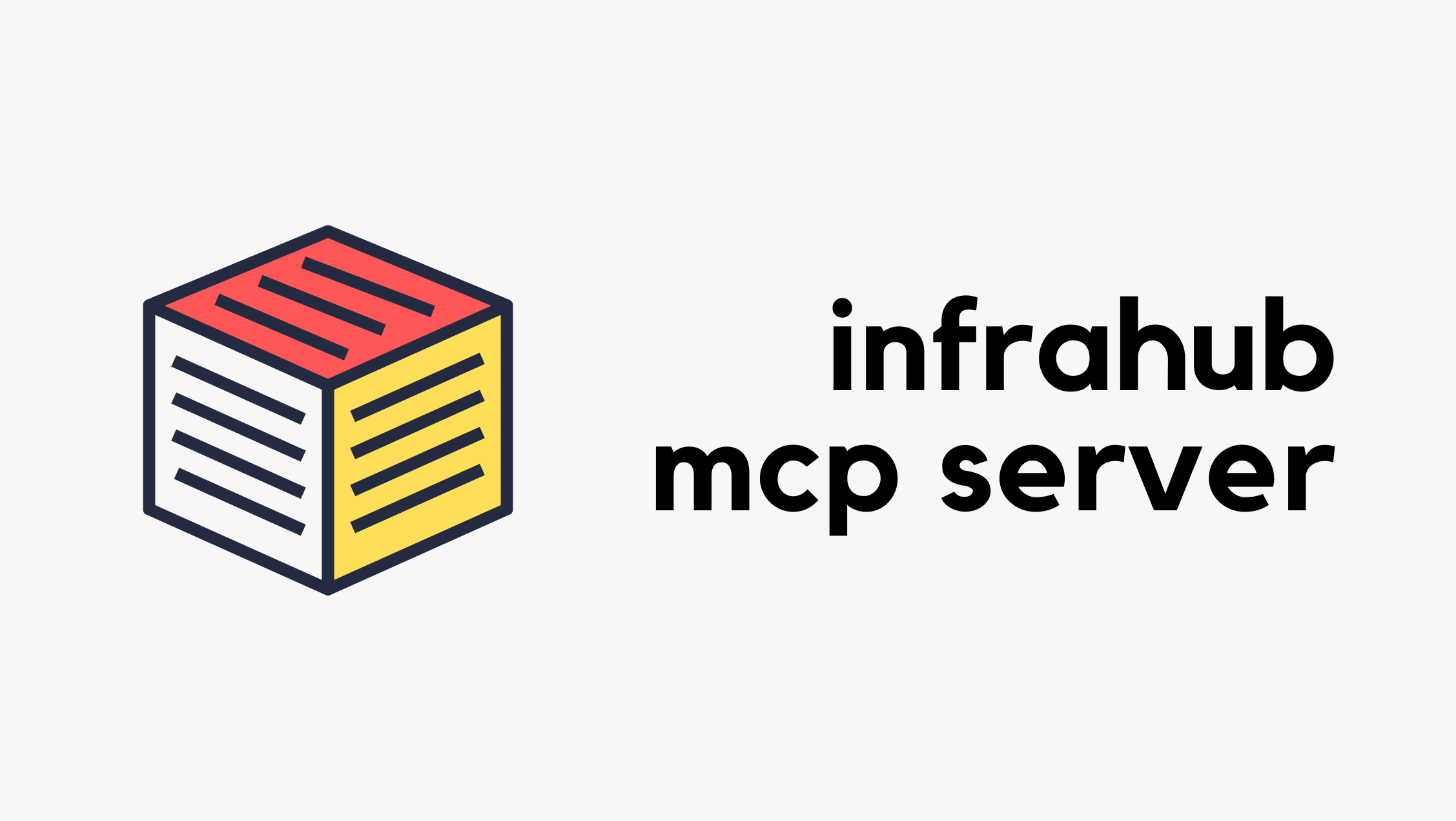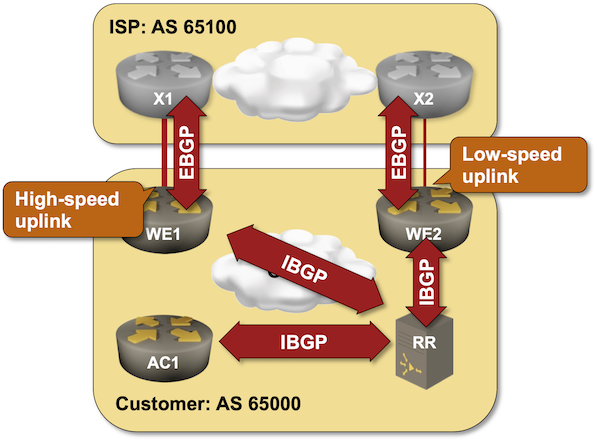Free access to Cloudflare developer services for non-profit and civil society organizations
We are excited to announce that non-profit, civil society, and public interest organizations are now eligible to join Cloudflare for Startups. Under this new program, participating organizations will be eligible to receive up to $250,000 in Cloudflare credits — these can be used for a variety of our developer and core products, including databases & storage, compute services, AI, media, and performance and security.
Non-profit organizations and startups have a lot in common. In addition to being powered by small groups of dedicated, resilient, and creative people, they are constantly navigating funding shortages, staffing challenges, and insufficient tools. Most importantly, both are unrelenting in their efforts to do more with less; maximizing the impact of every dollar spent and hour invested.
Cloudflare's developer services and our startup programs were designed for exactly these challenges. Our goal is to make it easier for anyone to write code, build applications, and launch new ideas anywhere in the world. Put another way, we want to help small teams have a global impact.
All are welcome to apply. The application period for this new program will open today and runs until December 1. After the closing of the application period, Cloudflare will review the Continue reading




